Here’s the topic for today: Do the Pixel 3 and eye strain go together like peanut butter and jelly?
Several owners of the Pixel 3 have reported that eye strain is something that is commonly experienced after a long smartphone session.
Believe it or not, there’s actually a reason for this is- namely the PWM screen that is used in Pixel phones. PWM stands for Pulse-Width Modulation, which is a cost-effective and easy way to control screen brightness.
While cheaper to produce, the issue with PWM is that it tends to be worse for user experience as the screen flickers and causes eye strain when used for prolonged periods.
Since Pixel 3 has a PWM of 88.6Hz – 271.7Hz that activates at less than 99% brightness, this does increase the likelihood of ocular discomfort.
Furthermore, the Pixel 3 has an OLED display. Though OLED is considered to be safe and high quality, some people are more sensitive to OLED displays and tend to feel better when using LCD screens instead.
Why is The Pixel 3 Hurting My Eyes?
If you’ve been following along on our website, you’ll be well aware that the Google Pixel 3 has its very fair share of problems.
Whether that be trouble with headphones, crashing apps, or the screen itself, the Pixel 3 seems intent on terrorizing its poor owners.
When it comes to the touch screen, The smartphone has an OLED display (Organic Light-Emitting Diode) where the screen pixels produce their own light.
This can be controlled on a pixel-by-pixel basis, but with the Pixel, it is instead controlled through PWM (Pulse-Width Modulation) where the brightness of each pixel is adjusted and manipulated without changing the voltage supplied to the screen.
Rather than getting into the more technical details, just know that this is far from ideal. The combination of PWM and OLED results in a screen that flickers and pulsates.
And what logically follows when you stare at a flickering screen for a prolonged period? Your eyes will start to hurt!
With your eyes feeding this input to your brain, this typically results in a headache not long after as well.
One thing to understand here is that the flicker is not always apparent or visible to the naked eye unless you are particularly sensitive to light, or the brightness setting emphasizes the flickering).
However, that doesn’t mean that your eyes won’t still suffer.
Since the Pixel 3’s PWM is activated when the screen brightness is less than 99%, those who use their phones on lower brightness will be affected by the display screen.
While setting the brightness to 100% all the time is one way to deal with the flickering screen, it is not an ideal solution.
Using the phone at full brightness drains the battery faster and can still hurt your eyes due to the extremely bright light emitted by the screen.
That means you will need to use either a filter or a third-party app that allows you to configure the brightness to reduce the strain on your eyes without triggering the flickering. Luckily, this is possible with apps like Screen Filter and Twilight.
Unfortunately, there’s no guarantee that your eyes will stop hurting. If you are sensitive to OLED screens, the best course of action is to use phones with LCD screens.
How To Prevent Eye Strain When Using Smartphones
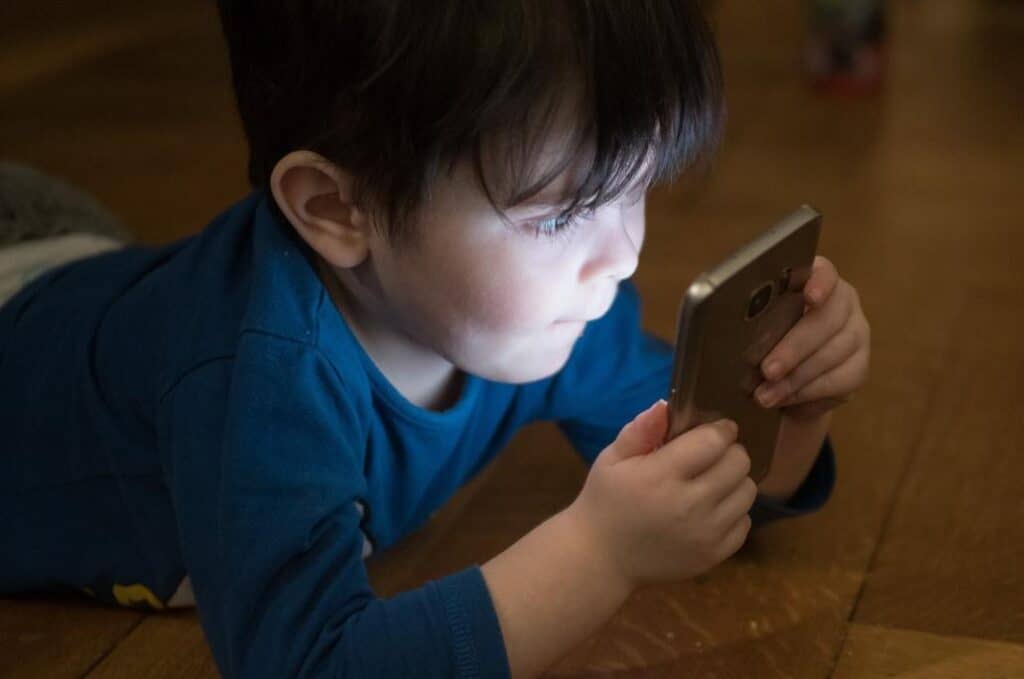
Smartphones are an integral part of our lives- there’s no disputing that whatsoever. These devices are an extension of our hands and a constant necessity when it comes to, well, everything.
While we cannot deny the advantages of using a smartphone, we are no strangers to the side effects either.
The most common of these side effects is eye strain. Be it dry eyes, itchy eyes, watery eyes, headaches, or even migraines, extensive use of smartphones does serious damage to our eyes and vision.
So how can we prevent eye strain when using smartphones? Here are some of our most useful tips!
Blink, And Blink Again
The more you blink, the more moist your eyes will be. When you stare at something for even a few seconds without blinking, your eyes will start to dry out.
When there aren’t protective tears to keep your eyes sufficiently lubricated, you’ll start to experience itchiness and fatigue.
Be as conscious as possible and blink as many times as you can when looking at the screen. It may also be helpful to have hydrating eye drops on hand to prevent dryness.
Anti-Glare
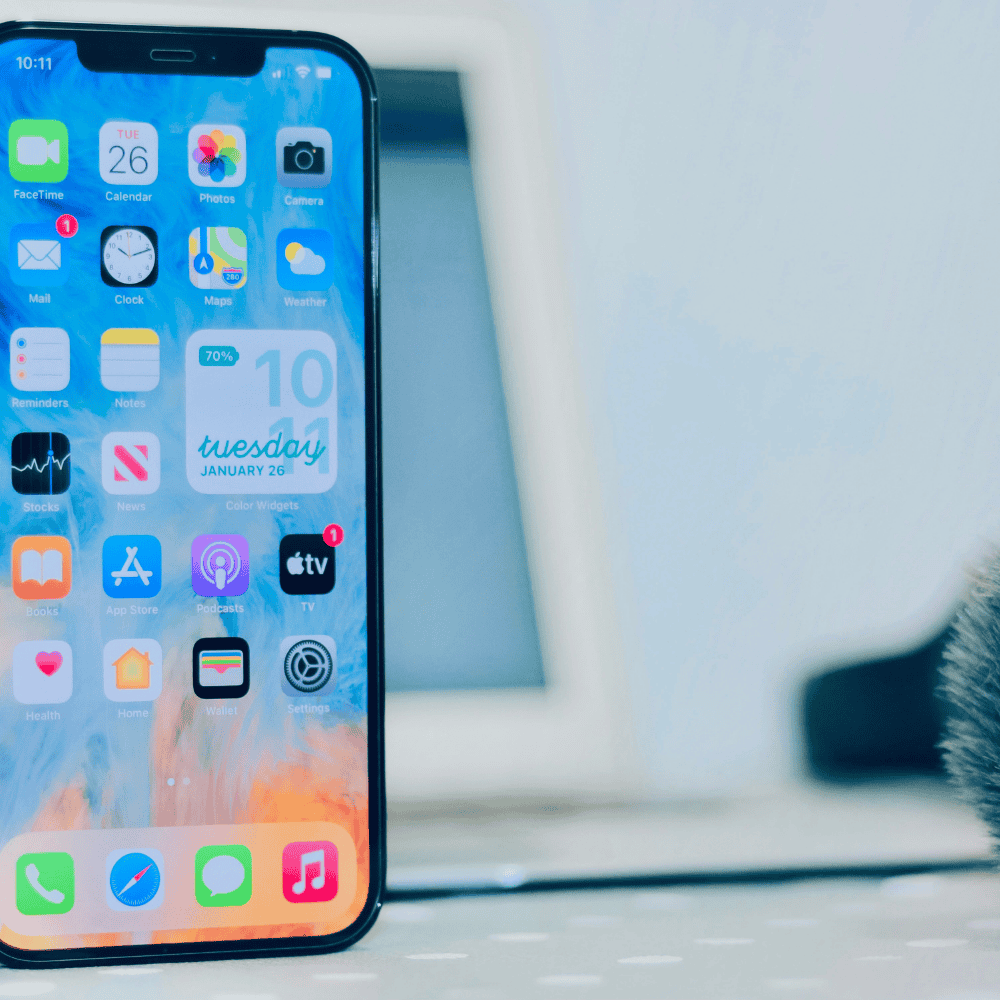
Does your smartphone come with anti-glare Corning Gorilla glass? If your answer is no, your phone screen doesn’t have any filter to soften the glare. Use a screen protector with anti-glare features to minimize the impact on your eyes.
Adjust Brightness
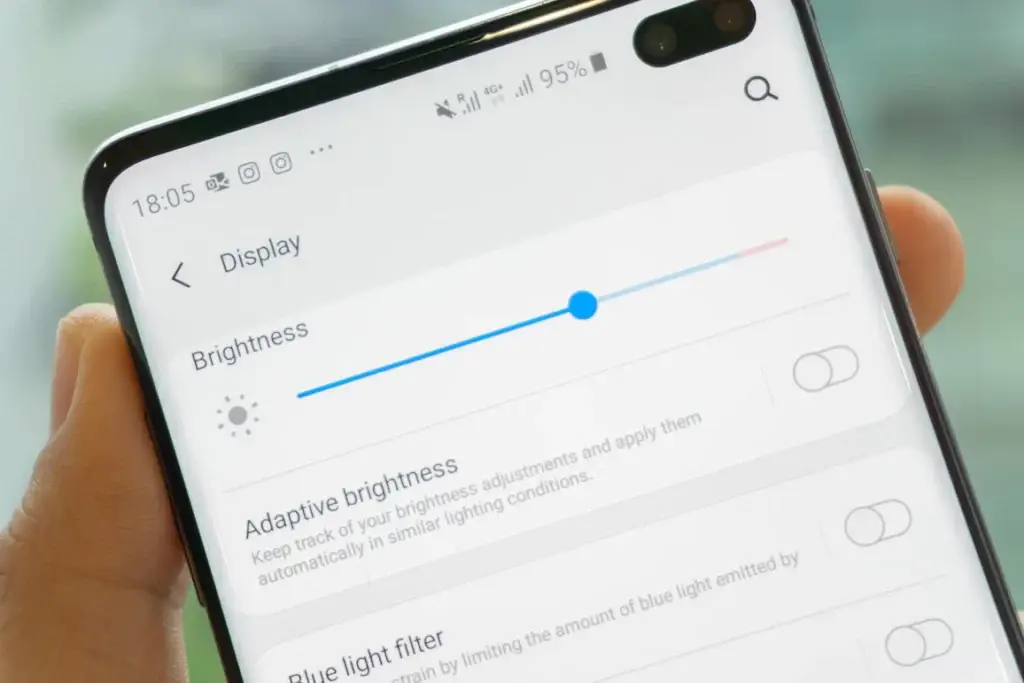
A bright screen will hurt the eyes more than a dim screen. Of course, a dim screen can be just as much of a stressor if you can hardly see the display!
Adjust the scene brightness to suit your surroundings, as the light that is present in your surroundings will minimize the impact of screen brightness on your eyes. Try not to use your phone for too long in pitch darkness.
Clean The Display Screen
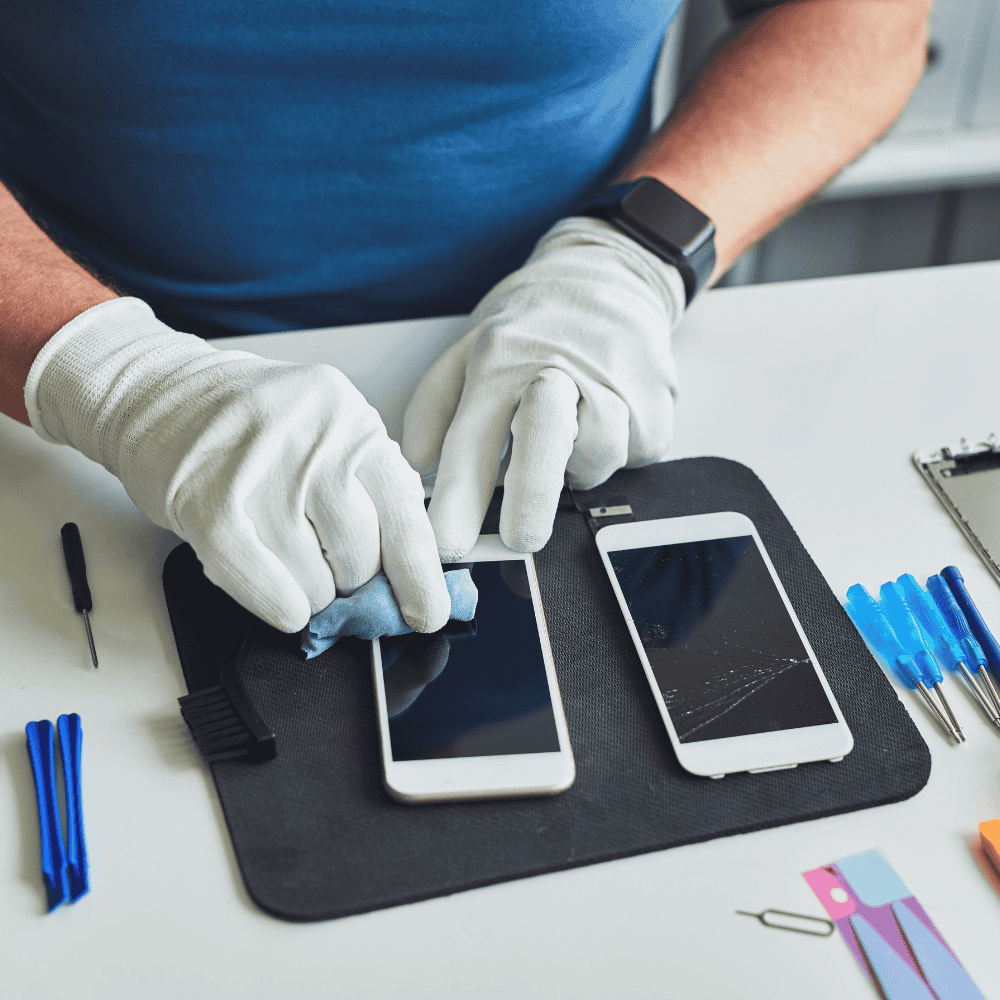
A dusty and dirty display screen also leads to eye strain. Clean the screen to keep it free of dust, smudges, fingerprints, and other marks. These are distracting, annoying, and can be harmful to your eyes.
Maintain Distance Between The Screen And Your Eyes
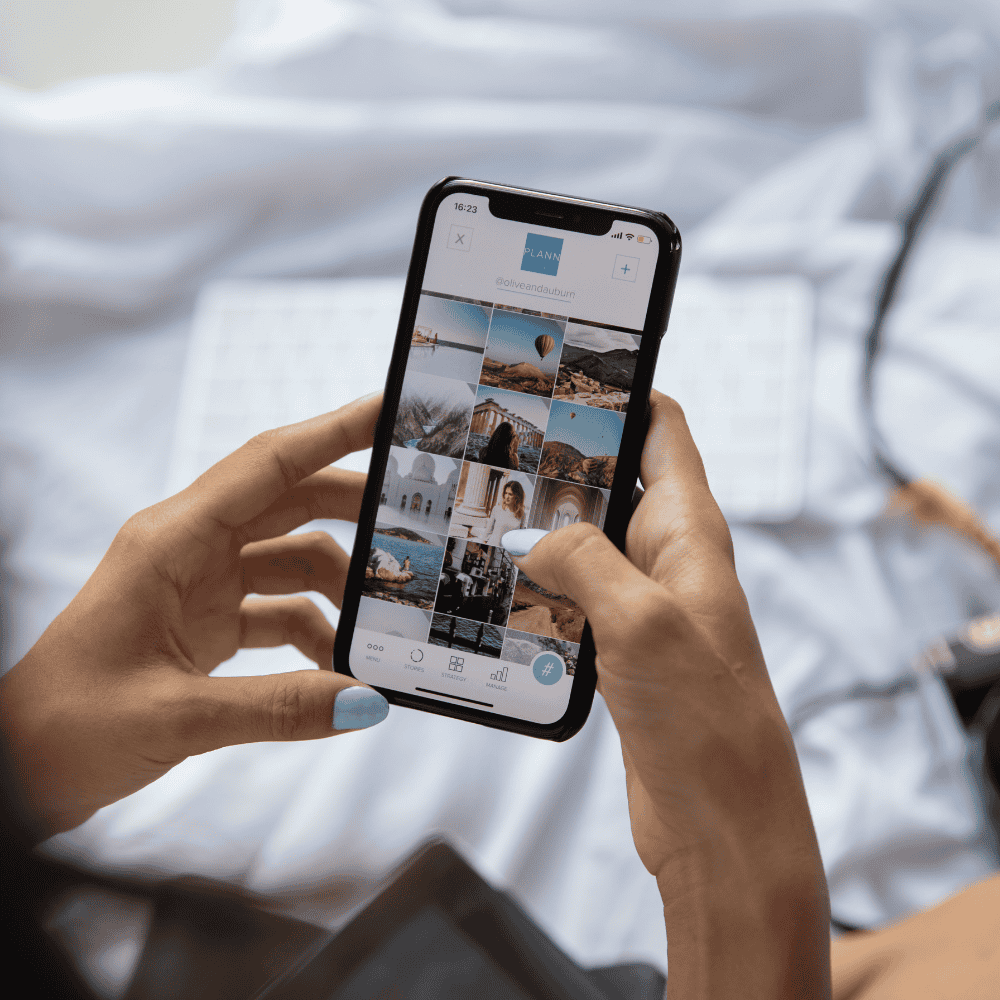
Holding your smartphone too closely to your eyes is not a good idea.
That doesn’t mean that you need to keep it so far away that you squint, but it is best to hold it at least sixteen to eighteen inches away from your face.
Also, make sure that the angle of your vision is slightly downwards, as looking upwards into a screen will dry out your even eyes faster.
Text Size And Color Scheme
Make changes to the background theme and text size on your smartphone. Go for medium-sized text rather than small, as this will be much easier on your eyes.
Make sure that you adjust both the text size and background to comfortable proportions that allow you to read for longer durations.
Night Mode
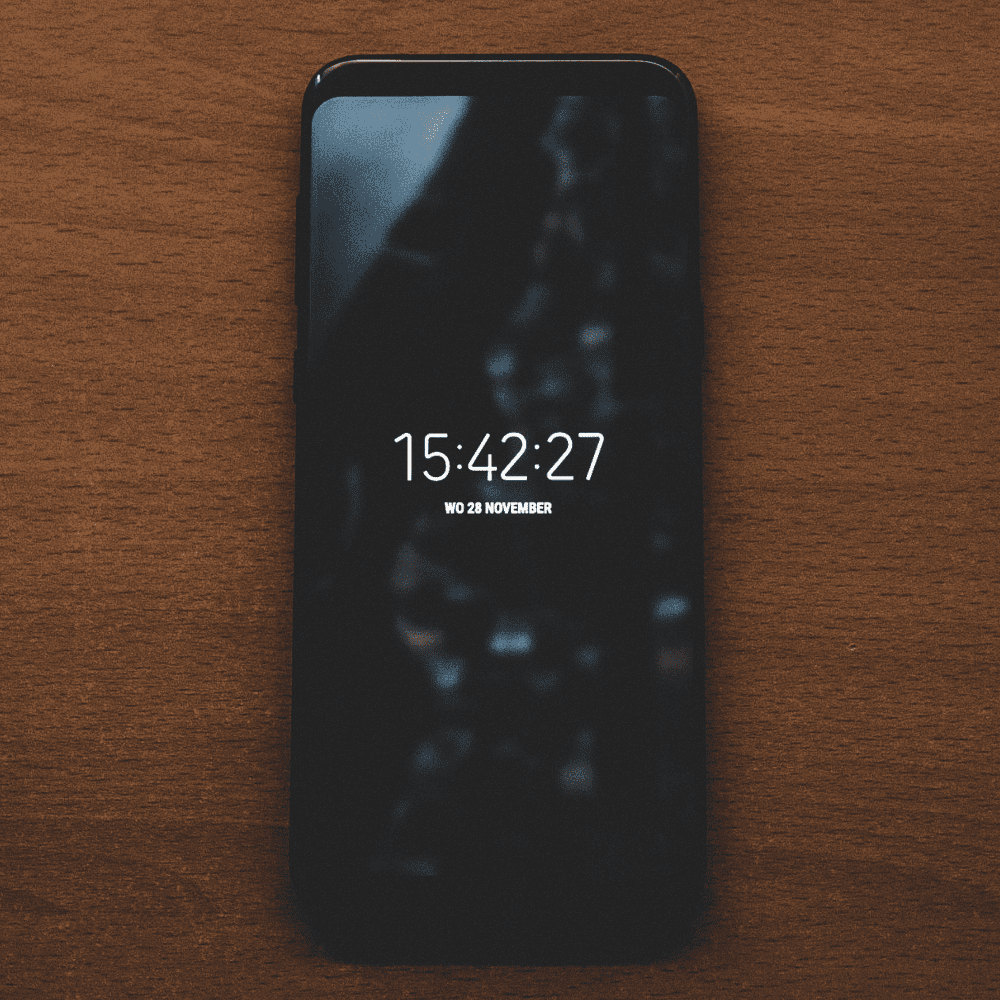
Go to your phone’s Settings and check if your smartphone has a Night mode, Reading mode, or a Blue Light Filter mode that reduces the blue light emitted by the screen.
This will help to prevent eye strain somewhat, though your eyes will still hurt if you proceed to stare at the screen for hours at a time.
Dark Mode
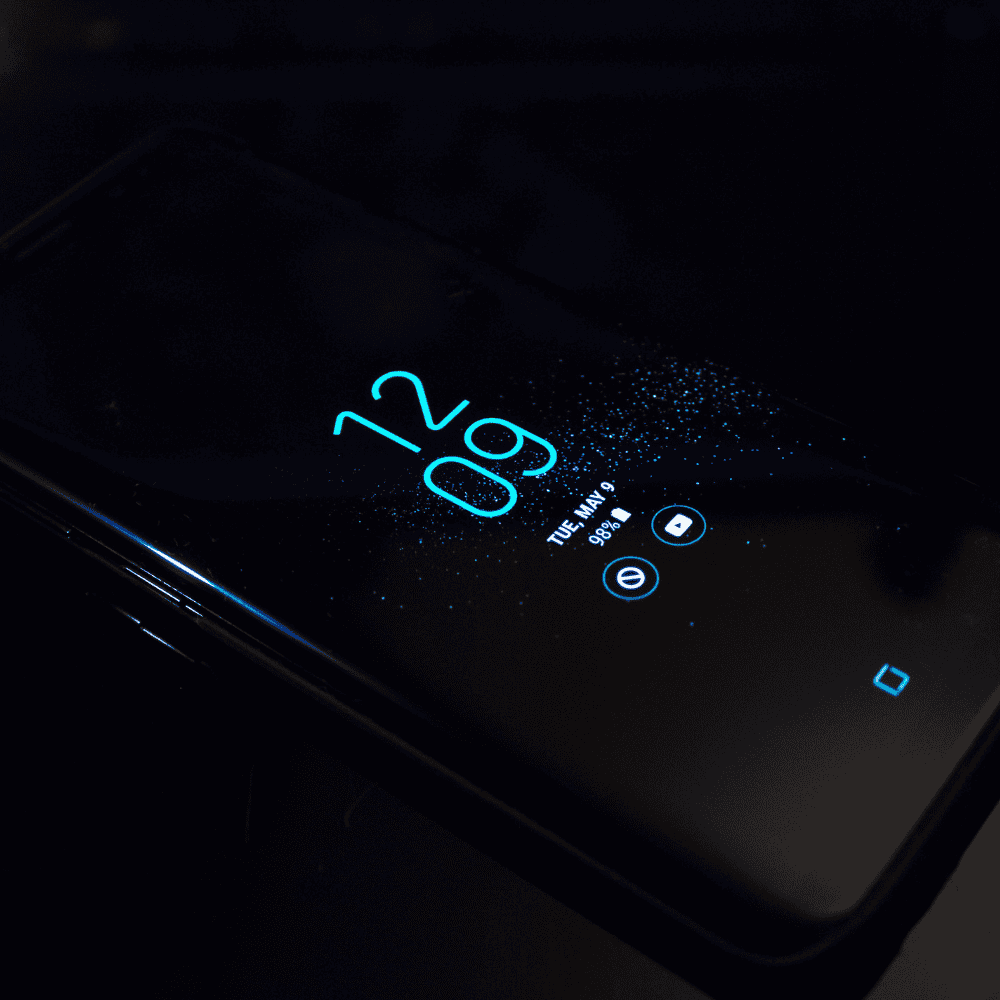
Dark mode is a common feature on social media apps and websites.
It’s also possible to set most smartphones to Dark Mode where the background is changed to shades of black and gray with light-colored text. This helps to reduce the overall screen brightness.
If Dark Mode isn’t a feature available by default, you can also use filters or third-party apps to install the feature onto your phone.
Does An OLED Screen Hurt Eyes?
OLED is pretty commonly used in modern-day smartphones. There’s no doubt that OLED screens are crisper, thinner, and clearer than their older LCD screen counterparts.
However, they also have the tendency to lead to headaches and eye strains in some users. The reason for this is simple: OLED screens flicker below a certain brightness level.
Some people are particularly sensitive to this and will suffer from watery eyes, headaches, and nausea as a result.
So, why do manufacturers choose to use OLED screens if these unpleasant side effects exist?
It’s precisely because each pixel can be controlled individually, and this leads to crisper images.
Imagine watching a dark scene on your smartphone. LCD displays cannot show a ‘complete’ black, and this results in slightly smudged images or videos.
When you watch the same video on an OLED screen, you’ll be able to see a crisper and sharper output with greater detail.
Moreover, not everyone is affected by the flicker caused by an OLED screen. Many people don’t notice it at all and have no problems using smartphones like the Pixel 3.
Only those that are sensitive to the minute flickers can detect their rapid movement, and unfortunately, suffer eye strain as a result.
Find Out This Interesting Article: Can The Pixel 3 Charge And Listen To Music Simultaneously? (Find Out!)
In Summary
Google Pixel 3 eye strain has affected quite a few users with particularly sensitive ocular faculties.
The Pixel 3 is made using an OLED display screen with PWM, which helps to control the individual pixels on the screen without altering the voltage supply.
While this allows for sharper images, it also leads to continuous flickering if the brightness is not 100%. This flickering can be detected by some people and leads to eye strain and headaches.
If your eyes hurt the first time you use your Pixel 3, it’s bound to continue for as long as you continue to use the phone.
A couple of ways that you can minimize this is by setting the screen brightness to 100%, and by using a third-party filter app such as Twilight to reduce the glare and soften the display.